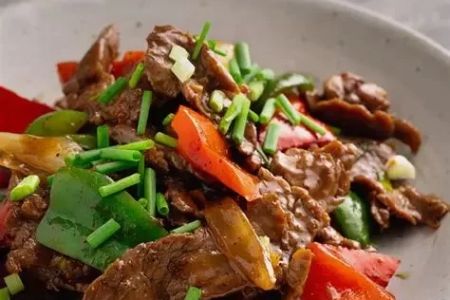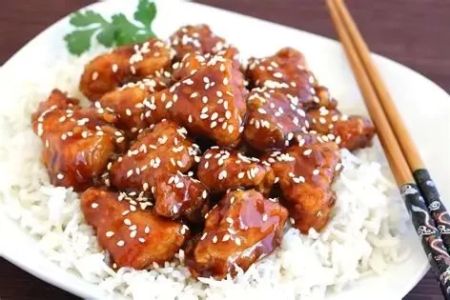- 1-The-Evolving-Landscape-Of-Chinese-Food-Health-Trends
- 2-Traditional-Chinese-Ingredients-With-Modern-Health-Benefits
- 3-Plant-Based-And-Vegetarian-Options-On-The-Rise
- 4-Reducing-Sodium-And-Embracing-Natural-Flavors
- 5-Fusion-Cuisine-And-Health-Conscious-Adaptations
- 6-Case-Study-Successful-Healthy-Chinese-Food-Restaurants
- 7-How-Consumers-Can-Adopt-Healthy-Chinese-Eating-Habits
1. The Evolving Landscape Of Chinese Food Health Trends
As health awareness grows globally, Chinese food is undergoing a transformation reflecting 2025’s nutrition and wellness trends. Increasing demand for balanced meals that blend traditional flavors with health benefits is reshaping menus both in China and internationally.
Focus on freshness, quality ingredients, and cooking methods that preserve nutrients is central to this evolution, appealing to a new generation seeking authentic yet health-conscious dining experiences.
2. Traditional Chinese Ingredients With Modern Health Benefits
Many traditional ingredients like ginger, goji berries, and green tea are celebrated not only for flavor but for their antioxidant and anti-inflammatory properties. In 2025, these ingredients are being incorporated more intentionally to boost health outcomes.
Herbal infusions and medicinal broths are gaining popularity as consumers seek functional foods that support immunity and longevity.
3. Plant-Based And Vegetarian Options On The Rise
Reflecting global trends, plant-based diets are influencing Chinese cuisine, with innovative vegetarian dishes that retain umami and richness. Ingredients such as tofu, mushrooms, and jackfruit are creatively used to mimic traditional meat textures.
This shift aligns with environmental concerns and personal wellness goals, broadening appeal to diverse dietary preferences.
4. Reducing Sodium And Embracing Natural Flavors
Health-conscious consumers are driving chefs to reduce sodium content without sacrificing taste. Techniques like steaming, slow braising, and the use of natural herbs enhance flavor profiles naturally.
Low-sodium soy sauces and homemade condiments are becoming staples in modern kitchens, reflecting this mindful approach.
5. Fusion Cuisine And Health-Conscious Adaptations
Fusion cuisine blending Chinese flavors with global health trends is on the rise. Examples include integrating quinoa, kale, or chia seeds into traditional dishes or offering gluten-free dim sum options.
These adaptations attract health-focused diners without alienating traditionalists, showcasing culinary creativity and inclusivity.
6. Case Study Successful Healthy Chinese Food Restaurants
Restaurants like “Green Dragon” in Shanghai exemplify this trend by offering menus rich in organic, locally sourced ingredients and transparent nutritional information. Their success demonstrates how health trends can coexist with cultural authenticity.
Customer testimonials highlight improved wellbeing and satisfaction, emphasizing the market potential for health-forward Chinese cuisine.
7. How Consumers Can Adopt Healthy Chinese Eating Habits
Consumers can embrace these trends by choosing steamed over fried dishes, incorporating more vegetables, and moderating portion sizes. Utilizing resources from Chinese Food can provide recipes, ingredient sourcing, and tips to make healthier choices without sacrificing flavor.
Adopting mindful eating habits aligned with 2025’s health trends enhances not only physical health but also cultural appreciation.







